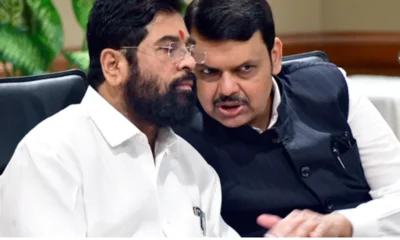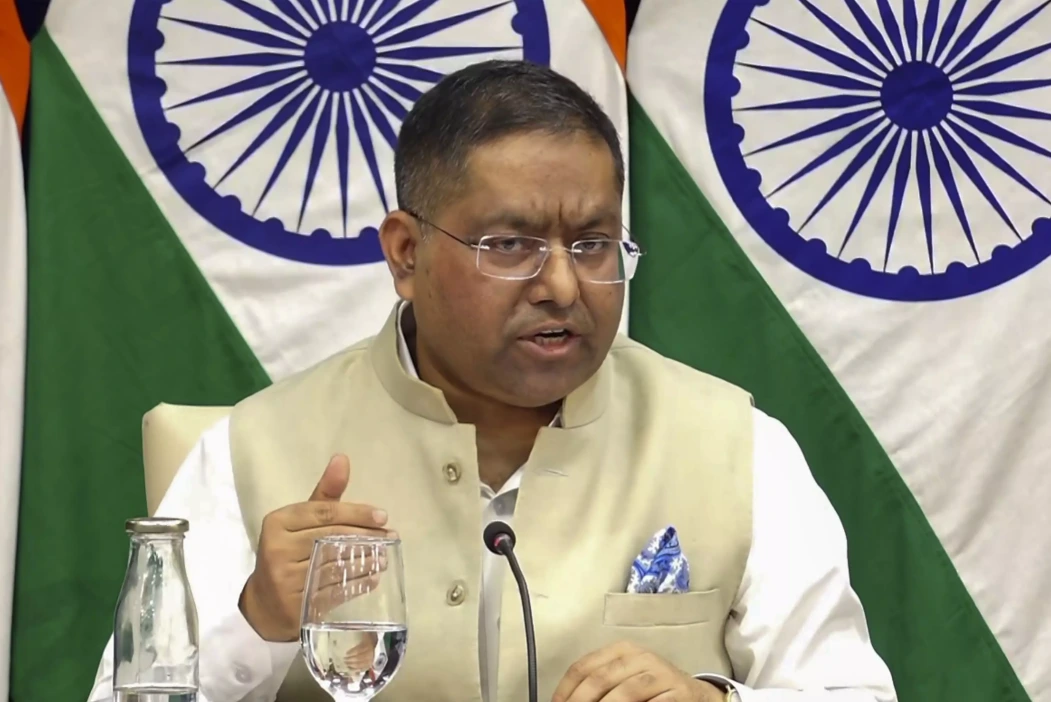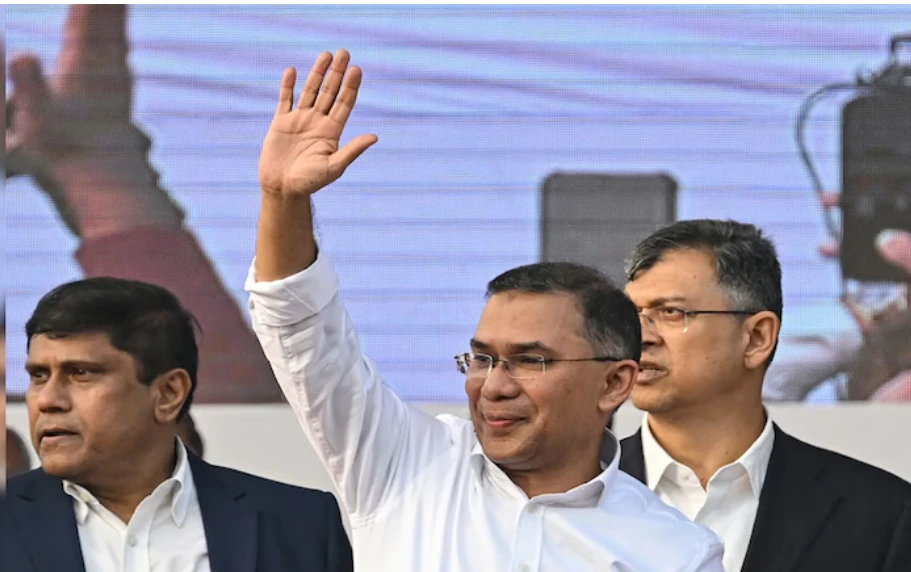Latest world news
Thai Navy’s warship sinks in Gulf of Thailand, 75 sailors rescued, 28 still in water; Rescue operation continues
On Sunday evening, the HTMS Sukhothai corvette’s electrical system was destroyed when strong winds blasted seawater over it.

India News
Bangladeshi singer James’ concert cancelled after mob attack in Faridpur
A live concert by Bangladeshi singer James was cancelled in Faridpur after a mob allegedly attacked the venue with bricks and stones, raising concerns over safety of artists.
Latest world news
India flags attacks on Hindus in Bangladesh as worrisome after recent lynchings
India has reacted sharply to recent lynchings of Hindu men in Bangladesh, calling the attacks on minorities worrisome and urging that those responsible be brought to justice.
Latest world news
Khaleda son Tarique Rahman arrives to rapturous welcome in Bangladesh
Tarique Rahman returned to Bangladesh after 17 years and, in his first speech, invoked Martin Luther King while outlining what he called a plan for the country’s future.
-

 India News22 hours ago
India News22 hours agoBangladeshi singer James’ concert cancelled after mob attack in Faridpur
-

 India News19 hours ago
India News19 hours agoBJP and Shiv Sena reach broad seat-sharing deal ahead of BMC elections
-

 India News23 hours ago
India News23 hours agoCBI moves Supreme Court against suspension of Kuldeep Sengar’s life sentence in Unnao rape case
-

 India News22 hours ago
India News22 hours agoOp Aaghat 3.0: Delhi police arrest over 280 accused ahead of New Year celebrations
-

 India News22 hours ago
India News22 hours agoOver 2,000 Maoists surrender under Chhattisgarh rehabilitation policy, says CM Vishnu Deo Sai




